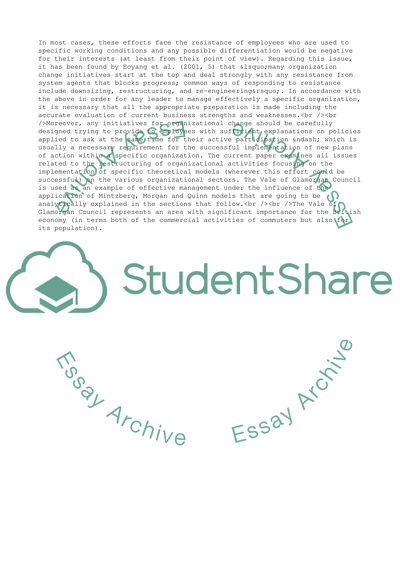Cite this document
(The Vale of Glamorgan Council Essay Example | Topics and Well Written Essays - 2750 words, n.d.)
The Vale of Glamorgan Council Essay Example | Topics and Well Written Essays - 2750 words. https://studentshare.org/management/1710091-managing-organisations-the-vale-of-glamorgan-council
The Vale of Glamorgan Council Essay Example | Topics and Well Written Essays - 2750 words. https://studentshare.org/management/1710091-managing-organisations-the-vale-of-glamorgan-council
(The Vale of Glamorgan Council Essay Example | Topics and Well Written Essays - 2750 Words)
The Vale of Glamorgan Council Essay Example | Topics and Well Written Essays - 2750 Words. https://studentshare.org/management/1710091-managing-organisations-the-vale-of-glamorgan-council.
The Vale of Glamorgan Council Essay Example | Topics and Well Written Essays - 2750 Words. https://studentshare.org/management/1710091-managing-organisations-the-vale-of-glamorgan-council.
“The Vale of Glamorgan Council Essay Example | Topics and Well Written Essays - 2750 Words”. https://studentshare.org/management/1710091-managing-organisations-the-vale-of-glamorgan-council.


